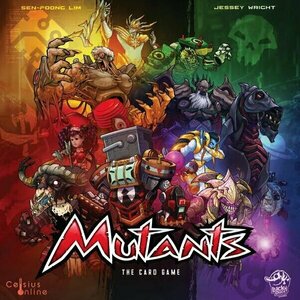
The City of Kings
Tabletop Game
This world used to be a garden full of life; from the flying Vadora to the deep-dwelling Dwarves –...
BoardGAMES 2018Games
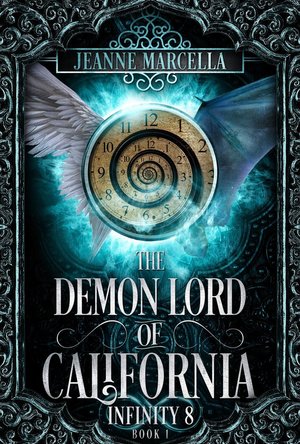
The Demon Lord of California (Infinity 8 #1)
Book
Earth, 1900. Calico Winghorse has no choice but to flee to the plane of existence called Earth....
LGBTQ+ Urban Fantasy Paranormal
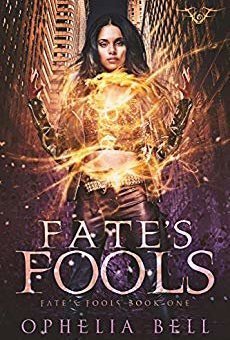
Fate's Fools (Fate's Fools Book 1)
Book
How do you find your soul mate if you’re born without a soul? Deva Rainsong was born with...
reverse harem fantasy romance paranormal adult fiction
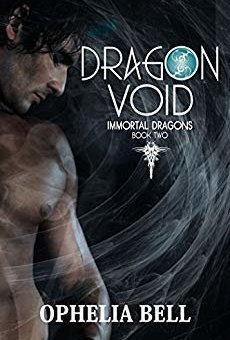
Dragon Void (Immortal Dragons Book 2)
Book
A woman born on the wind... A Turul princess, Evie North has waited long enough for her “one...
reverse harem fantasy paranormal romance adult fiction
Merissa (13600 KP) rated Warlord's Oath (Legends of Kilrhinn #1) in Books
Sep 6, 2021
The main story takes place between the Kilrhinn and the Lhianne. The Kilrhinn are stronger and faster than the Lhianne (to name a couple of differences) but the Lhianne can control the wind. Freya is seen as a Lhianne but she is actually a half-breed, which is a dangerous thing for her as she is being hunted by someone who wants to make her his bride due to her powers. And he won't take no for an answer.
I loved this story. In fact, if I did half stars, it would a 4-and-a-half-star book. Freya is a strong-will individual who wants to settle down but is afraid to. She desperately wants friends, but worries she will only have to leave them behind. Garrett will do all he can to protect Freya, even from herself. I adored how Garrett was with her, and how completely oblivious she was to it all, not surprising considering her past.
There are other 'breeds' in this story and I really can't wait to learn more about them, their strengths and weaknesses. I am also hoping to learn more about the world, as well as more from the Lhianne and Kilrhinn people.
A slow-burn romance with plenty of action and told from dual POVs. There are so many characters whose stories I now want. A great start to the series, and absolutely recommended by me.
** same worded review will appear elsewhere **
* A copy of this book was provided to me with no requirements for a review. I voluntarily read this book, and the comments here are my honest opinion. *
Merissa
Archaeolibrarian - I Dig Good Books!
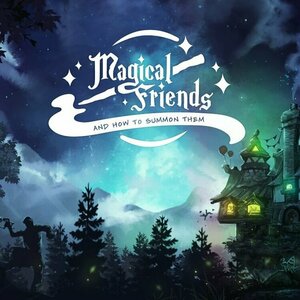
Magical Friends and How to Summon Them
Tabletop Game
In Magical Friends and how to summon them you'll be one of 4 powerful wizards who will try to win...
Lyndsey Gollogly (2893 KP) rated Cunning Folk in Books
Oct 19, 2021
Book
Cunning Folk
By Adam Nevill
Once read a review will be written via Smashbomb and link posted in comments
A compelling folk horror story of deadly rivalry and the oldest magic from the four times winner of The August Derleth Award for Best Horror Novel.
No home is heaven with hell next door.
Money's tight and their new home is a fixer-upper. Deep in rural South West England, with an ancient wood at the foot of the garden, Tom and his family are miles from anywhere and anyone familiar. His wife, Fiona, was never convinced that buying the money-pit at auction was a good idea. Not least because the previous owner committed suicide. Though no one can explain why.
Within days of crossing the threshold, when hostilities break out with the elderly couple next door, Tom's dreams of future contentment are threatened by an escalating tit-for-tat campaign of petty damage and disruption.
Increasingly isolated and tormented, Tom risks losing his home, everyone dear to him and his mind. Because, surely, only the mad would suspect that the oddballs across the hedgerow command unearthly powers. A malicious magic even older than the eerie wood and the strange barrow therein. A hallowed realm from where, he suspects, his neighbours draw a hideous power.
Brilliant!!!! You certainly don’t know who lives next door and who you’re pissing off with a chainsaw! Just brilliant then again I didn’t expect anything less from Adam his books are just the highlight of the year. He’s taken annoying neighbours to a whole new level. I tried so many times to slow myself down but it just wasn’t happening I needed to keep reading. I know I’m going to have a book depression waiting to see what he comes up with next.
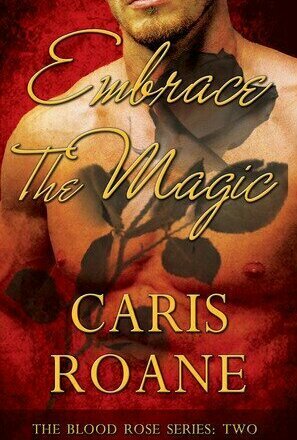
Embrace the Magic (The Blood Rose #2)
Book
When a blood rose enters Mastyr Ethan’s world, will he succumb to his deepest needs or lose her...
Paranormal Romance
Merissa (13600 KP) rated Whirlwind (Southern Spirits #8) in Books
Apr 25, 2023
Jordan and Gideon were best friends, in the Forces, and haven't done anything together to further their friendship. When their time on earth is cut short, they stay together but are still unable to admit how they feel for each other. They make their way to McKinton where Jordan's mother lives. Gideon spots Stefan close to Jordan's mum. Stefan is actually trying to console the heartbroken mother, but Gideon thinks he is trying to hurt her so attacks.
This book starts off quite sad as Stefan is alone, and Jordan and Gideon have to die. However, it couldn't move on if it wasn't for this fact so stick with it. Stefan's mischievous side comes through, as well as Connor's protective side towards Stefan. Connor also seems to be packing some amazing powers, which I loved reading about.
Lack of communication, misunderstandings, personal inhibitions - they're all here and need to be solved before these three brilliant guys can sort themselves out.
Well-written once again, and fast-paced, I don't know if I'm ready to say goodbye to the Southern Spirits! Loved the book and the series.
* A copy of this book was provided to me with no requirements for a review. I voluntarily read this book, and the comments here are my honest opinion. *
Merissa
Archaeolibrarian - I Dig Good Books!
Nov 23, 2015


